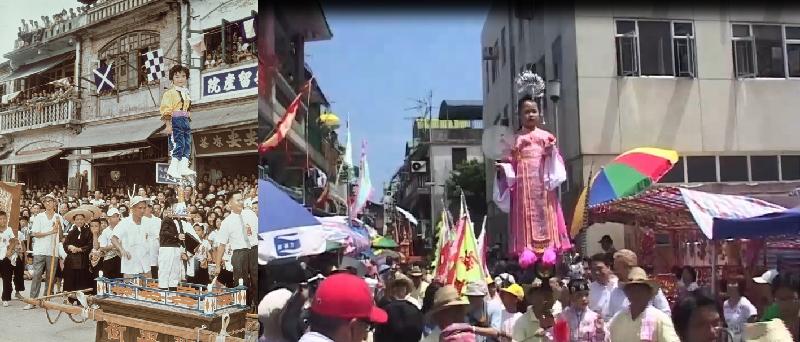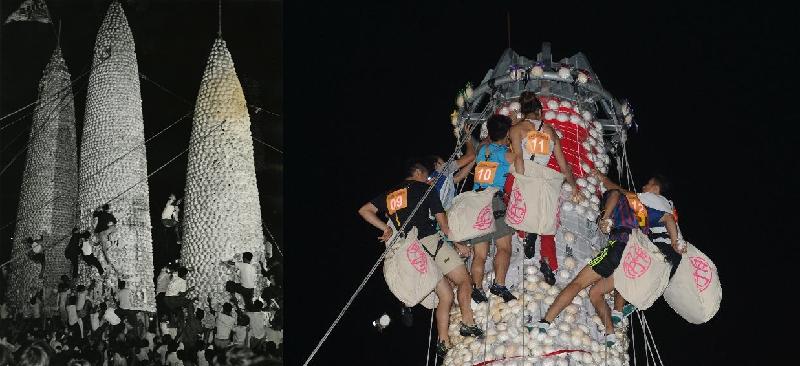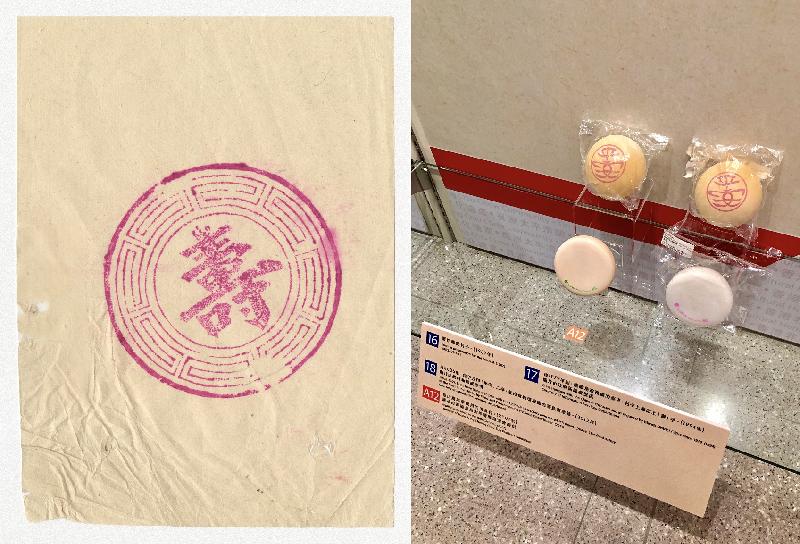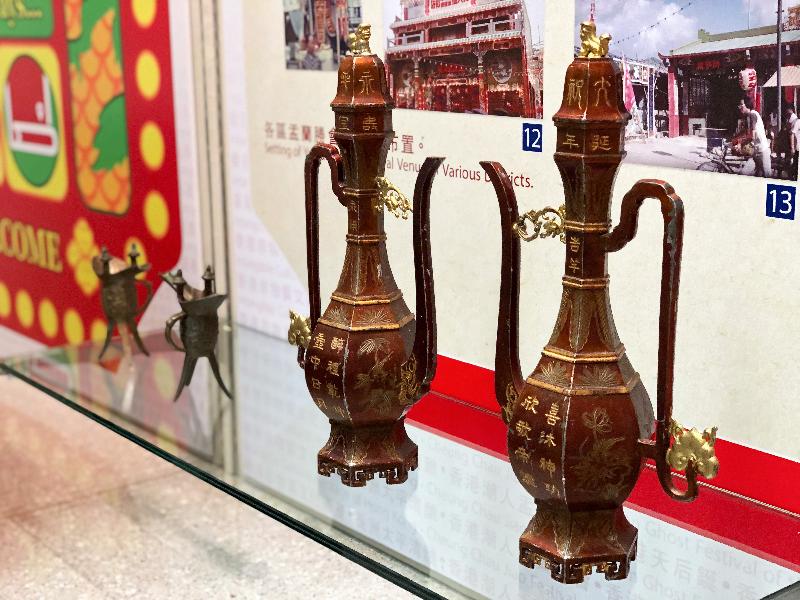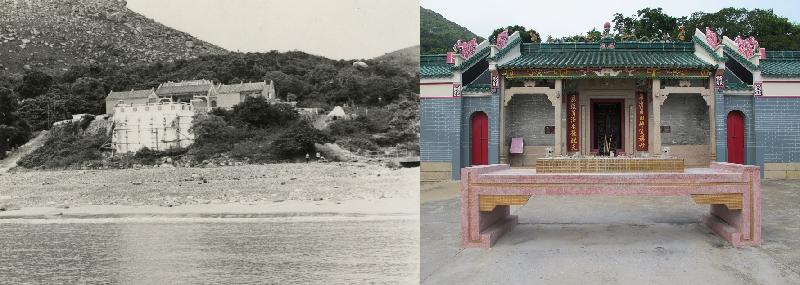"Folk Festivals in Those Days ..." exhibition showcases Hong Kong's intangible cultural heritage (with photos)
******************************************************************************************
The Cheung Chau Jiao Festival, the Yu Lan Ghost Festival of the Hong Kong Chiu Chow community and the Tin Hau Festival in Hong Kong are part of Hong Kong's intangible cultural heritage. These festivals have been carrying their rituals and traditions through generations, evolving over time and people, to become how they are so accustomed today.
The exhibition will showcase a mix of archival holdings and exhibits on loan from the community, which is an interesting juxtaposition of the past and present celebration of the three festivals. It also presents the outcome of interactive collaborations between the event organisers and government departments.
Among some 80 archival records, photographs and publications on display, the most historically significant is a batch of records relating to Tai Miu, the Tin Hau Temple located at Joss House Bay in Sai Kung. Tai Miu, a Grade 1 historic building, is believed to be the oldest and largest temple for worshipping Tin Hau in Hong Kong. Records show that during a government expedition in 1959 to inspect a rock inscription at Joss House Bay dating back to the Southern Song Dynasty, the historical origin of Tai Miu was established and Tai Miu has since been developed into a cultural and tourist site. Another archival record reveals that the Chinese character "sau" (meaning "longevity"), was once printed on buns distributed during the Cheung Chau Jiao Festival. The characters "ping on" (meaning "peace") on the buns today appeared only in 2005 when the Bun Scrambling Competition resumed in the same year. The Public Records Office, through a multimedia presentation of the venue setting and items contributed from the community, will bring the old days of the Yu Lan Ghost Festival of the Hong Kong Chiu Chow community back to life. This is a highlight of the exhibition which should not be missed.
If a more laid-back tour is preferred, please visit the online exhibition at www.grs.gov.hk/ws/online/festival/en/index.html where over 100 precious historical photographs, lists of archival records as well as library holdings on traditional festivals of Hong Kong are available for easy searching and access. The Public Records Office has also launched a Facebook page (fb.com/grs.publicrecordsoffice) to introduce its holdings and events to visitors, facilitating interactions with the wider community.
A joy that is shared is a joy made double. If members of the public have photographs related to the three festivals, please take part in the public engagement activity titled "Festival@Community" and contribute these items to the Public Records Office. The Public Records Office will select suitable items for uploading to the online exhibition and posting at the Search Room for sharing with other visitors. For details, please refer to the online exhibition.
The "Folk Festivals in Those Days ..." exhibition is open from today (June 12) onwards from Monday through Friday, from 9am to 5.45pm (except for public holidays) at the Exhibition Hall on the second floor of the Hong Kong Public Records Building at 13 Tsui Ping Road, Kwun Tong. Admission is free. The Public Records Office will also hold roving exhibitions, debuting on June 19 at Sam Tung Uk Museum in Tsuen Wan. For details, please visit the Government Records Service website (www.grs.gov.hk) or call the Public Records Office at 2195 7700.
In light of the COVID-19 epidemic, cleaning and disinfection measures will be stepped up at the Exhibition Hall. Visitors must undergo temperature checks before entering the Hong Kong Public Records Building. They are recommended to wear their own face masks. Those with body temperatures above the prescribed level or those who refuse to take temperature checks will not be allowed to enter the Building.
Ends/Friday, June 12, 2020
Issued at HKT 15:53
Issued at HKT 15:53
NNNN





